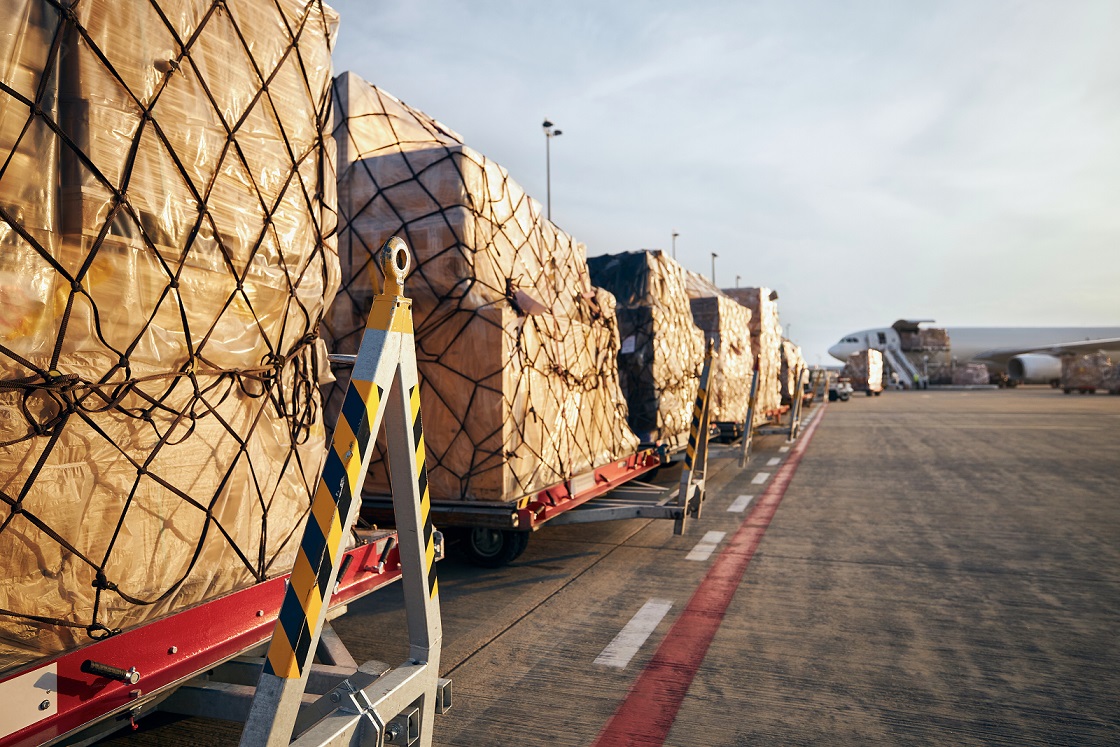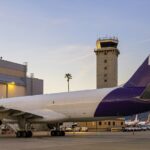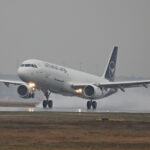Air cargo demand still growing after LNY but rate of improvement slows
21 / 03 / 2024

Photo: Jaromir Chalabala/ Shutterstock
There had been much speculation in air cargo about whether the strong demand growth reported over the first two months of the year would continue past the Lunar New Year holiday but it appears the buoyant market conditions are so far continuing, although at a slightly lower level.
Figures released last week by data provider WorldACD appear to show that demand is continuing to improve in March, albeit at a lower level as the urgency to move cargo ahead of the Lunar holiday has eased.
The data provider’s figures for the two weeks ending March 10 (week 10) show that demand was up by 4% year on year on a global basis.
“Overall global demand has broadly stabilised following a strong return of Asia Pacific volumes since the Lunar New Year dip in early February,” said WorldACD in its latest market analysis.
Many had wondered whether the double-digit demand improvements registered over the first two months of the year were the result of the Red Sea shipping crisis combined with the usual pre-Lunar New Year rush.
On a week-by-week basis, WorldACD said that total worldwide tonnages in week 10 were “broadly flat” compared with the previous week, after recovering by 3% in week 9 and by 14% the previous week and following an 11% drop around the LNY holiday week.
The improvements are in part down to an ongoing increase in sea-air demand, as forwarders and shippers look to avoid elongated shipping times, and a rise in e-commerce demand.
“Air cargo tonnages from Dubai to Europe are continuing to boom,” the analyst said.
The company’s figures show that Dubai-Europe tonnages for the week ending March 10 were at three times the level (205%) recorded this time last year.
Other sea-air hubs also continued to record strong demand. Bangkok-Europe demand was up by more than 30% year on year and Colombo-Europe tonnages were up 20%.
“Certain key Asia-Europe sea-air hubs such as Dubai, Colombo and Bangkok have experienced exceptionally high air cargo demand to Europe since the start of this year, in large part linked to the disruptions to Asia-Europe container shipping caused by the attacks on vessels in the Red Sea,” WorldACD added.
E-commerce demand also continues to surge. Reporting its latest figures Cathay Cargo said that “e-commerce continues to drive demand out of Hong Kong”.
The growing impact of e-commerce demand on the air cargo market was highlighted at the recent IATA World Cargo symposium, with Tom Owen, director of cargo, Cathay Cargo, saying that around 50-60% of the airline’s business is now e-commerce, which is “up from about 30% not so long ago”.
And the trend looks set to continue. Ludwig Hausmann, senior partner at consulting firm McKinsey said that in 2017, the cross-border e-commerce share of total air cargo volume was 10%.
In 2022, this had jumped to 20% and in 2027 this percentage is expected to be between 25-30%.
“This is a fundamental shift in how this industry operates. And we’re not seeing a decline. It’s likely going to level out at a third or so,” Hausmann said.
WorldACD: January and February figures show air cargo is in recovery mode
Air cargo’s “surprisingly” strong start to 2024 continues in February













